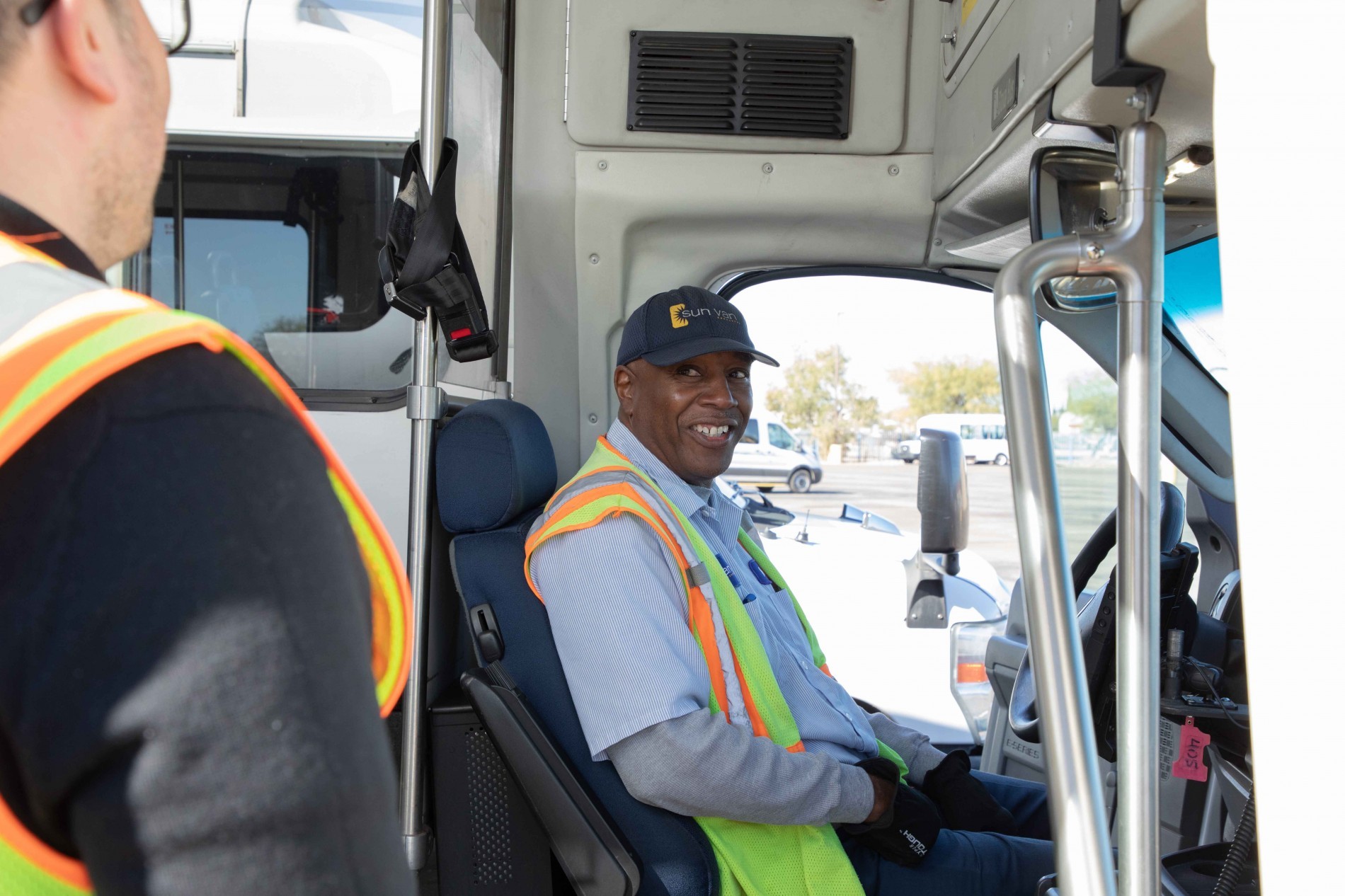Effective focus groups can be used to find trends, uncover problems and even brainstorm solutions.
At Trapeze, we use focus groups to determine gaps in specific market segments. Using these findings, we are able to further tailor our product development road maps. Recently, we ran focus groups in Vancouver, Dallas and Toronto. The aim was to test new ideas for our next generation Traveler Information products. To learn more about what we discovered check out part one of our focus group blog series, "The Advantages of Focus Groups in Transit: What Do Riders Really Want?"
In part two of our series, we explore some of the factors that you should consider in order to conduct an effective focus group.
1. Get the right people in the room.
This is what is referred to as recruiting. Think through what demographics and characteristics you are after. Focus on the ones that will give you a relatively accurate reflection of your ridership. This is different for almost every city, so make sure you take your time on this part.
2. Partner with a professional recruitment agency.
Once you have a good handle on the type of people you want, consult a professional recruiting agency. These agencies work to ensure the appropriate number of people from each demographic are represented. Before starting the process, they will need to know all the logistics, so make sure you have locations and times worked out in advance.
3. Give yourself the time and resources to design the optimal format and content for the group.
Make sure you bring all the key stakeholders together and discuss the desired outcomes from the session. Do you want to uncover the major pain points that the riders have with your service? Do you want to understand how ridership views are shifting due to technological or demographic changes? Do you want to test out new services improvement ideas? A meticulously executed focus group isn’t very useful if the content collected isn’t relevant to your agency’s needs.
4. Develop a sound series of questions.
These questions should be thought provoking and designed to generate discussion amongst members. Controversial statements and questions can be used to jump start conversation. Also think through group exercises that could be used to break the ice, develop team dynamics or dive deeper into particular topics. For example, to break the ice with our participants, we asked them to talk about their most vivid transit memory. This set the tone for the meeting, but also provoked some colorful stories. Have you ever seen a bus driver singing out his stop announcements? We hadn’t, but it was fun to find that others have.
5. Appoint a moderator.
The moderator should be someone well versed in the topic areas. They also need to be capable of facilitating discussion, keeping people focused and ensuring that no one monopolizes the conversation. You’d be surprised how often you will end up with a strong personality or someone intent on derailing the conversation. In Vancouver, we had a participant who seemed intent on saying that everyone should just call a taxi to solve every transit problem that was posed to the group. Keeping control of a group is a difficult skill-set to master and might be another area where you decide to fill with an outside contractor. You can go to an agency specializing in focus groups, or do your own recruiting. It is a recognized industry position that shouldn’t be hard to find. Look for someone who is calm but authoritative and understands the nuances of human behavior.
6. Choose the right atmosphere.
A large room with plenty of space to move around and tables configured so that individuals are facing each other is ideal. Only the moderator, and perhaps a note taker, should be present in the session room during the discussion. To ensure a common understanding of the discussion item, be sure to prepare plenty of visual and/or audio aids. Finally, bring recording devices so that you can review the discussion again at a later date to fill in any gaps in your notes.
7. Identify what you learned.
Summarize your notes into a series of key findings. What assumptions were validated and what assumptions weren't? Have any new questions arisen as a result of the group? Be sure to carefully go through the findings and determine what the next steps should be. Are there specific things that can be implemented now or do you need to do more testing on certain concepts?
Remember, a focus group is just one tool that can be used to test ideas and is best applied to high level concepts. You may want to use a combination of tools (surveys, usability testing, prototyping, beta programs, etc.) for more detailed results.
Focus groups are a valuable part of our software design process. They are often the key to driving insights into the attitudes or perceptions that people have around a product or service. We think it is a valuable tool that should be part of any transit agency’s toolbox.
Make sure to check out another great article on this topic by our friends at Usability Matters: "What Transit Focus Groups Taught Us About Users in Context"
As Vice President of Sales, Jeff has a strong, proven ability in the management of large teams and complex technical implementations with emphasis on project efficiency and profitability. Jeff is particularly interested in thin client and cloud-based computing systems, and focuses his time on the successful deployment of software solutions for businesses.
 Bus
Bus Rail
Rail Paratransit
Paratransit


